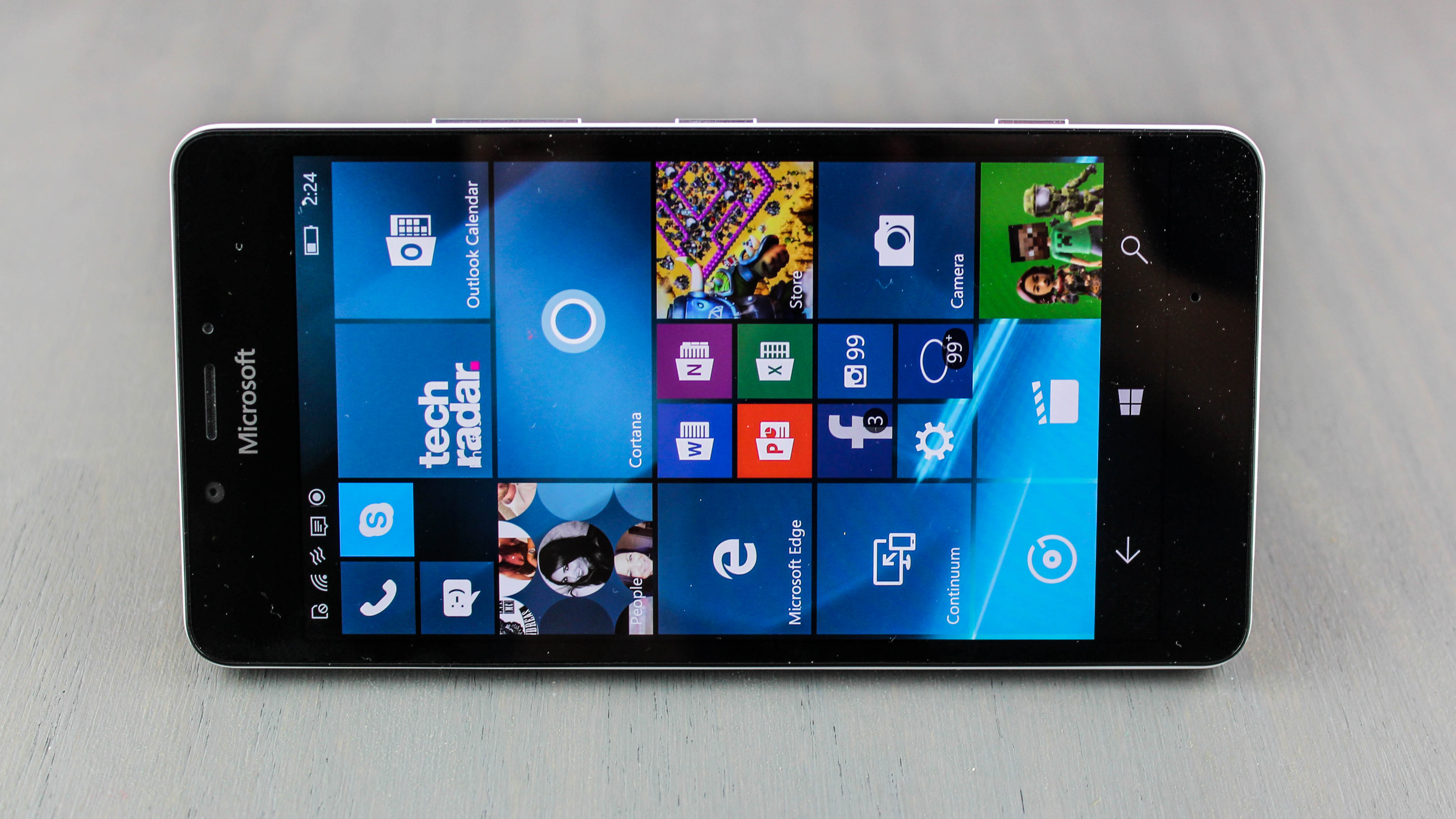Why you can trust TechRadar
Here's where the Lumia 950 is nothing like Android or iOS. It runs Windows 10 Mobile with a slick Live Tiles home screen. There are just not enough apps to fill it up. It's a bit lonely.
There's no question that scrolling up and down the "Start screen" is a smooth experience, giving me a nice overview of the important apps I decided to pin there. It feels very customizable.
Each app tile is able to take on three different sizes, and many of them move within their square borders. The Photos tile is a slideshow of my recent pictures, the Store tile is a gallery of recommended apps in the Windows 10 Mobile Store and the People tile shuffles around the never-ending rows of contacts' heads – like it's trying to solve a Rubik's Cube puzzle.
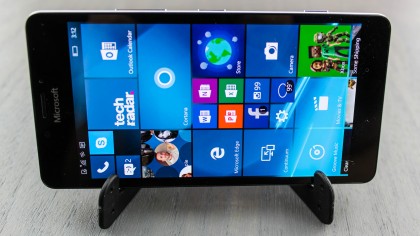
Front and center are Microsoft's most colorful and recognizable apps: Word, Excel, PowerPoint and OneNote. They're here in full, but then again, you no longer need to have a Windows phone in order to access these Android and iOS-compatible Microsoft Office apps. Furthermore, Outlook is here, but it just works better on Apple and Google-powered phones.
The Lumia 950's stylish interface works well with almost everything else about the operating system. Notifications peek in at the very top, there's a dropdown Action Center for quick settings and notifications history and the on-screen volume menu lets me set the ringer-and-notifications volume and media-and-apps volume separately. Apple is now alone in making this confusing.
Microsoft's mobile app problem
That's why it's a shame that many of the Windows 10 Mobile apps aren't better. It doesn't even have a handle on the basics. Facebook is here, but is often slow. Instagram is outdated, with just one size for your snaps (the app updated weeks ago for iOS and Android), and everyone on Tinder is going to wonder why you're MIA. Don't even to bother to look for any Google app, either.
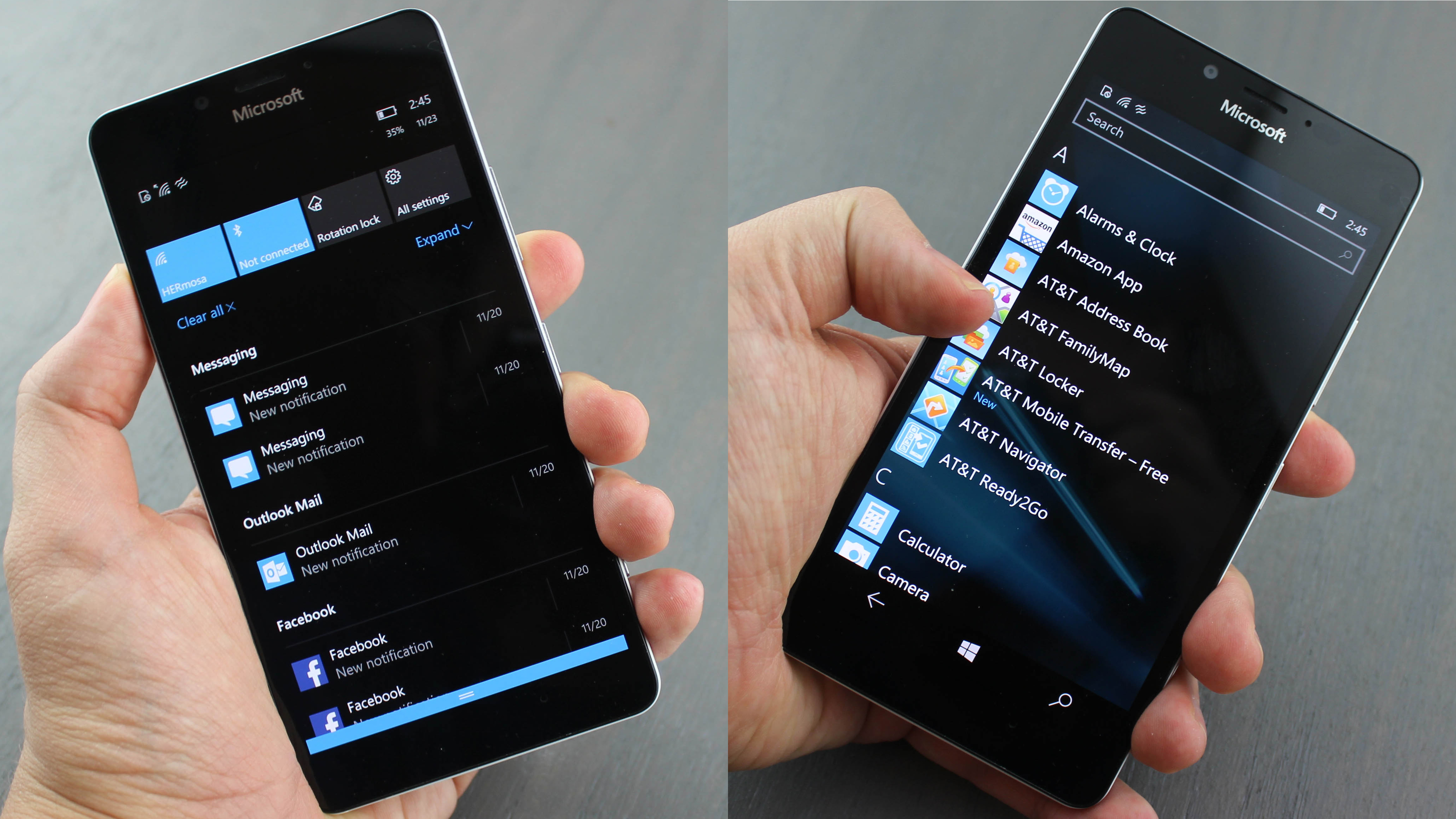
Then there's the problem of having an equivalent app available, but it's from an unknown third party. You could call them knock-offs. Apps like Hipchat and Twitch and available, technically speaking, but are made by a third-party. Should I trust my credentials with a third-party?
Microsoft Maps is almost "Apple Maps bad," with a poor interface that doesn't use half of the screen. Exits on a major downtown Los Angeles highways are dubbed as "Unknown road," as well as hard-to-find points of interest that should be based on my immediate location or search history. Google has a lock on both. The same applies to Cortana when compared to Siri and Google Voice Search, with cumbersome dictation capabilities.
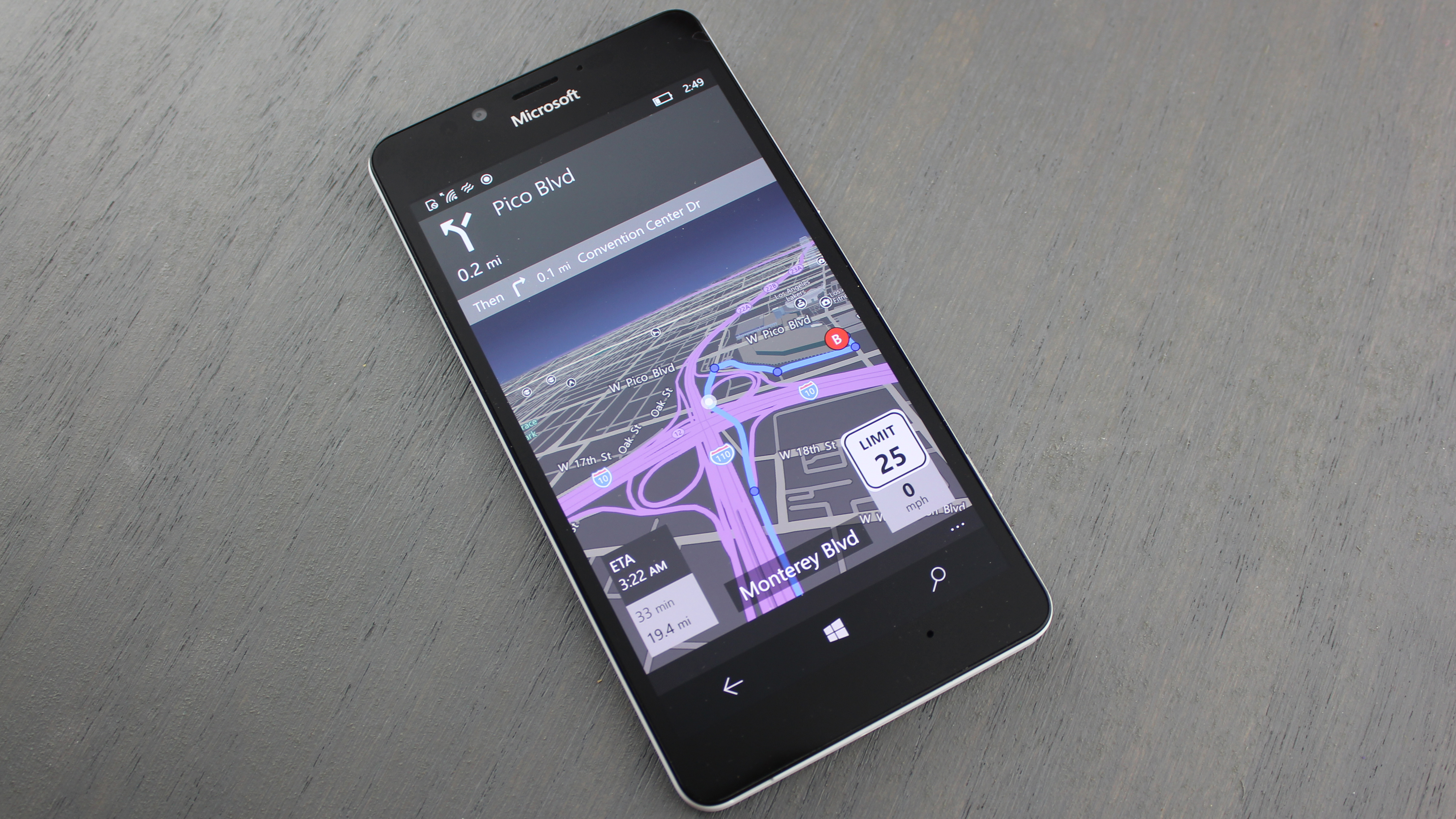
Data really drives Android, and it's going to take time for Microsoft to catch up. In the meantime, its own apps could use retooling. Half of the app menus throw me into the Edge browser when I click too deeply into their settings or my account information, with HTML that isn't ready for mobile. This made signing up for Groove Music and setting up OneDrive a chore.
There are also too many sign up screens when Microsoft's apps need to work more cohesively. Once I log into my Microsoft account the first time, I should be good to go. Instead, I find myself logging into each app again and again. Just as inconvenient: there's no way to download apps that are in Microsoft's Windows 10 Mobile store on a computer, then have them pop up on the phone.
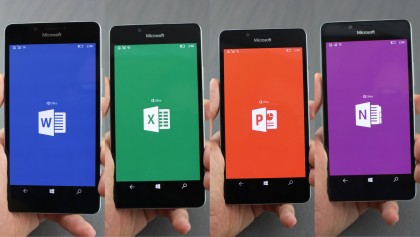
All said, there are helpful nuances to WIndows 10 Mobile. Work Access, Kid's Corner, the guest-limiting Apps Corner and Provisions help break up the operating system and its apps. Find My Phone is a great way to track down a lost device, too, with frequent pings in case it powers off. Apple has this, Google does not.
But the OS has got to have the apps everyone wants in the first place. It's also no help when few people have the same phone as you do. If you're not an experienced techie, it's harder to troubleshoot issues through Google or at the few Microsoft Stores.
Windows Hello iris scanning
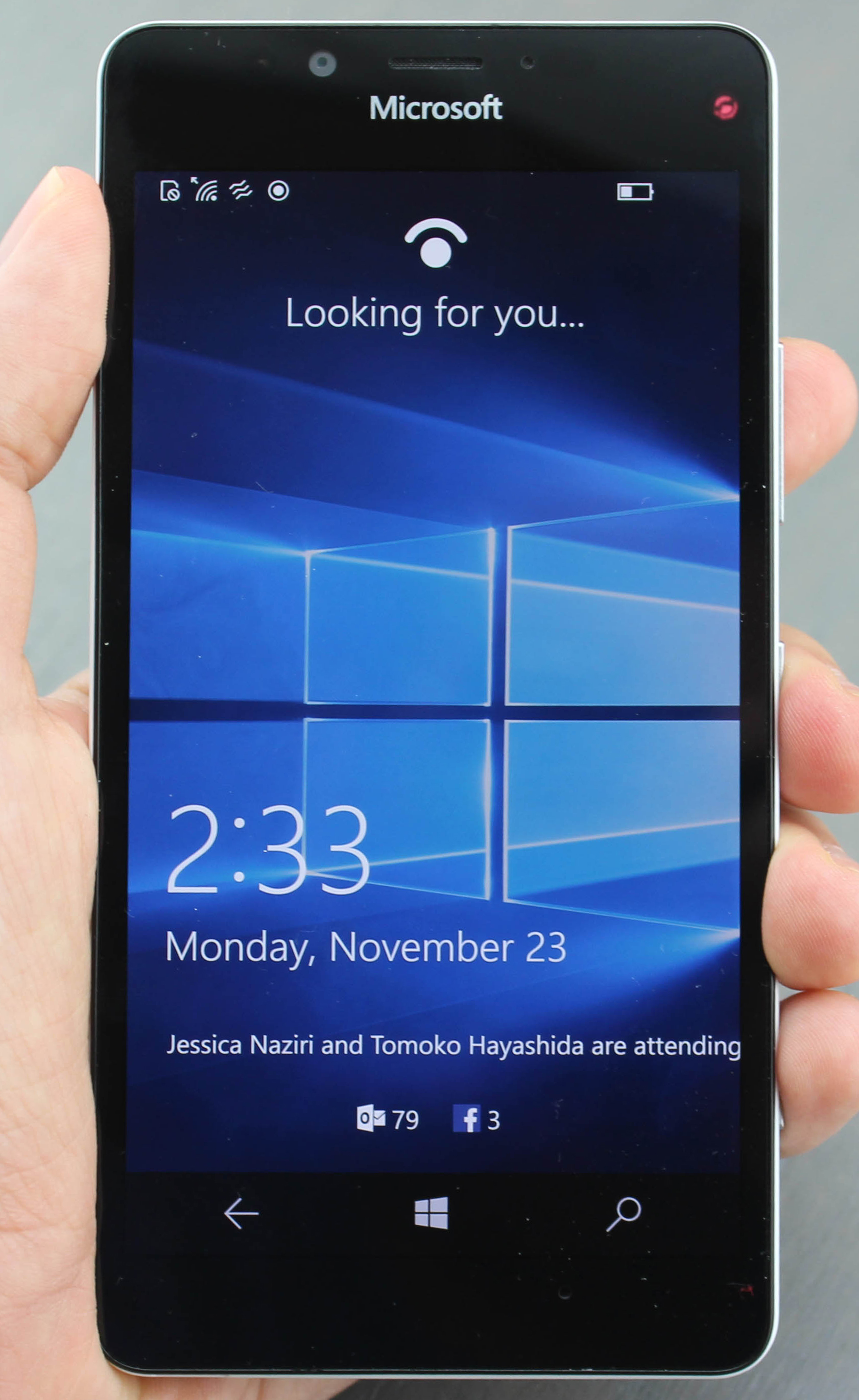
The Lumia 950 doesn't have a fingerprint sensor. Instead, a special camera and Windows 10 Mobile allow this phone to use what seems like a completely futuristic iris-scanning sign in option through Windows Hello.
Eye-scanning is both novel and secure, and I wasn't able to fool it by handing off the phone to a friend or pointing it at a dozen sunglasses-free Facebook pictures of myself. The red light in the corner lit up to recognize me, but it knew my trickery and asked me for my PIN instead.
I really want to say "Thankfully, Windows Hello's eye scanner doesn't need my jaw not to be dropped, because that's where it was," but there's a few caveats with the feature. It's not nearly as a fast as a fingerprint sensor, and I had to look at my phone in the exact same orientation as I trained it.
The Nexus 5X Imprint Sensor, iPhone 6S Touch ID sensor and Samsung Galaxy S7 fingerprint sensor all work in a third of the time, or a split second. They just don't have the same wow factor when showing it off to someone else for the first time.
Windows Hello works well on Surface Book, Surface Pro 4 and compatible Windows 10 PCs, where fingerprint sensors aren't growing ubiquitous, but for phones, it's a different story. Like everything about the Lumia 950, it's a great start. In this case, it just needs to be faster.
